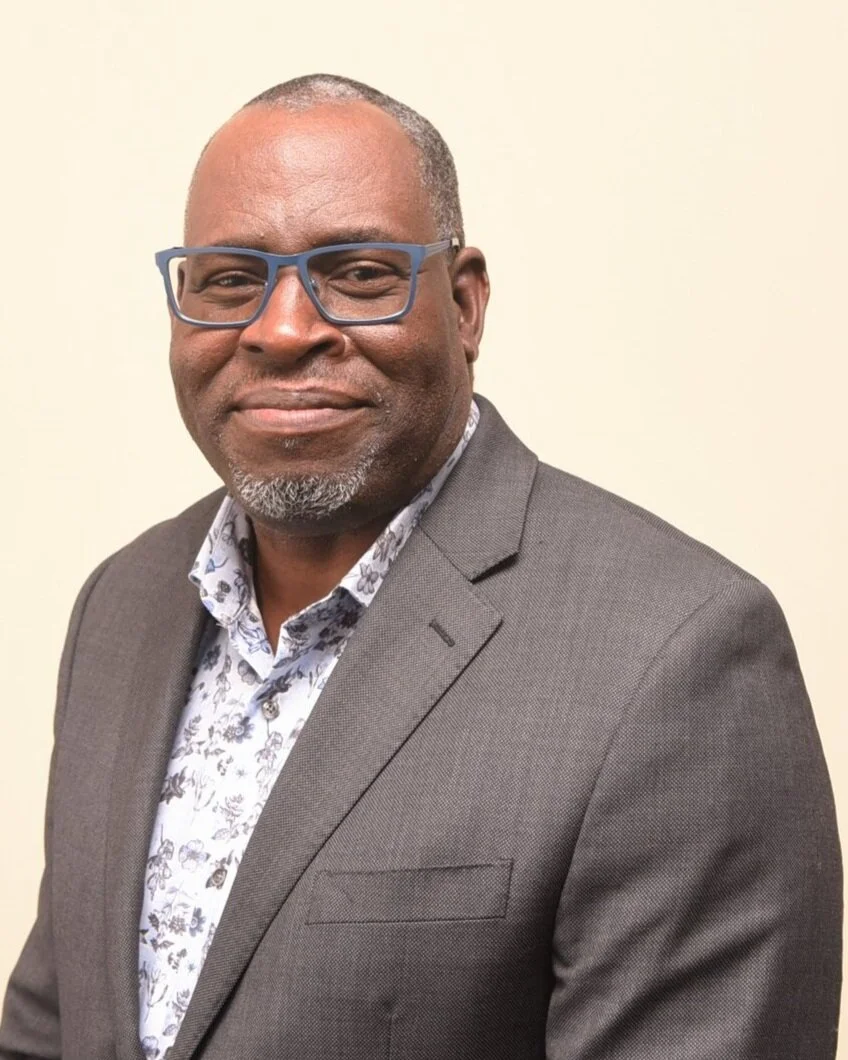Paul Smith takes over as HMCS York first Black commander
October 18, 2021
‘Sir, I have the ship’.
With those words, Jamaican-born Paul Smith officially took control of Her Majesty Canadian Ship (HMCS) York, becoming its first Black Commander.
The Change of Command ceremony took place on October 2.
He relieves Walter Moniz who held the position for three years.
“You are in for an incredible drive my friend,” the outgoing Commanding Officer told Smith. “But with your experience and support from some of the best the entire fleet has to offer, I know it will be a highly successful one. I learned very quickly that it takes a village to raise and support a successful Commanding Officer.”
Smith promised that the transition in command would be minimal and seamless.
“Besides the fact that he’s an excellent Captain, Commander Moniz’s leadership and management style were largely shaped by the confidence he had in you,” he pointed out to those under his command. “I promise to support you in any way I can and ensure that together, we meet the Naval Reserve mission of generating trained individuals for Canadian Armed Forces operations as well as security and defence missions. We will continue to do so using the principles of duty, integrity, courage and loyalty to create a safe, diverse and inclusive working and training environment for all, thereby ensuring that when the time comes, we will be ready to help, lead and fight.”
The Navy takes great care in selecting Command officers, as it is a focal point for its operations.
“You know that you are in a position of great trust, authority, visibility and responsibility,” said Commodore Pat Montgomery who was the Change of Command Reviewing Officer. “I know that you will continue to inspire our next generation of sailors and I wish you the best…You have an outstanding example to follow and I have every confidence that your experience and leadership will enable York to continue to build on its successes.”
Walter Moniz (l) officially transfers his authority to Paul Smith (r) under the direction of Pat Montgomery at the HMCS York Change of Command ceremony on Oct 2 (Photo by Ron Fanfair)
When Smith walked into HMCS York 35 years ago in search of a summer job, he knew nothing about the Royal Canadian Navy (RCN).
“I had no idea what experience awaited me,” he said. “I couldn’t have known and wouldn’t have imagined what type of journey it would be and where it would take me. Learning about life at sea, meeting and working with some incredible Canadians, both in and out of uniform, being mentored by some inspiring former Commanding Officers and eventually obtaining Sea Command, I never imagined I would be afforded a chance to sail a warship back home to Jamaica, I would be training Ukrainian naval forces in Odessa, patrolling the North West Passage or conducting outreach in Sierra Leone.
“But it happened. All these experiences were possible because I walked through those doors all those years ago. In assuming Command, it’s an honour to come back home in a position that will enable me to hold the door open for the next generation of young sailors as they start their journey and hopefully to witness where that journey takes them.”
At the end of the six-week summer youth employment program in 1986, Smith joined the CNR as an Ordinary Seaman and moved to Nova Scotia two years later.
After two years at Dalhousie studying Sociology, the York Mills Collegiate Institute graduate left to pursue a full-time career with the RCN in 1993. Promoted to Sub-Lieutenant six years later, he accepted his commission after almost 14 years as a Non Commissioned Member (NCM).
Moving through the ranks, Smith was elevated to Lieutenant Commander in 2010 and, four years later, made history as the first Black Commanding officer to have his own ship, the HMCS Kingston where he earned his Bridge Watch Keeping certificate.
A year later, he transferred to HMCS Summerside and conducted exercises in the Mediterranean with the Standing North Atlantic Treaty Organization (NATO) Mine Counter Measures Group and counter-drug patrols in the Caribbean Seas as part of Operation CARIBE. He also served as Task Force Commander for Operation Projection- Western Africa in support of the Royal Canadian Navy’s first deployment to the Gulf of Guinea in over a decade.
HMCS York Commanding Officer Paul Smith with sons Colin (l) & Matthew (Photo by Ron Fanfair)
Prior to becoming HMCS York Commanding Officer, he was Acting Commandant of the Atlantic region Naval Fleet School and in charge of restarting the East Coast training system after COVID.
Migrating from Lionel Town in Clarendon at age six, Smith vacationed several times in his birth country before joining the military.
Returning to Jamaica five years ago for the first time in nearly two decades commanding a naval vessel ranks among the highpoints of his military career.
After World War I, the RCN Volunteer Reserve Toronto Half-Company was established in 1923 with a complement of 57 officers. Eight years later, the Half-Company became a Full Company and, by 1939, the ship’s strength grew to 150.
Walter Moniz rides off into retirement confident that Paul Smith will excel in his new role (Photo by Ron Fanfair)
HMCS York moved to the Canadian National Exhibition Grounds Automotive Building for the duration of World War II, serving as an important recruiting and training base with over 16,000 men and women joining the Navy. The unit was officially commissioned as an HMC Ship in 1941.
The largest of the 24 divisions that comprise the Canadian Naval Reserve, the land-based HMCS York’s company comprises 360 members.









